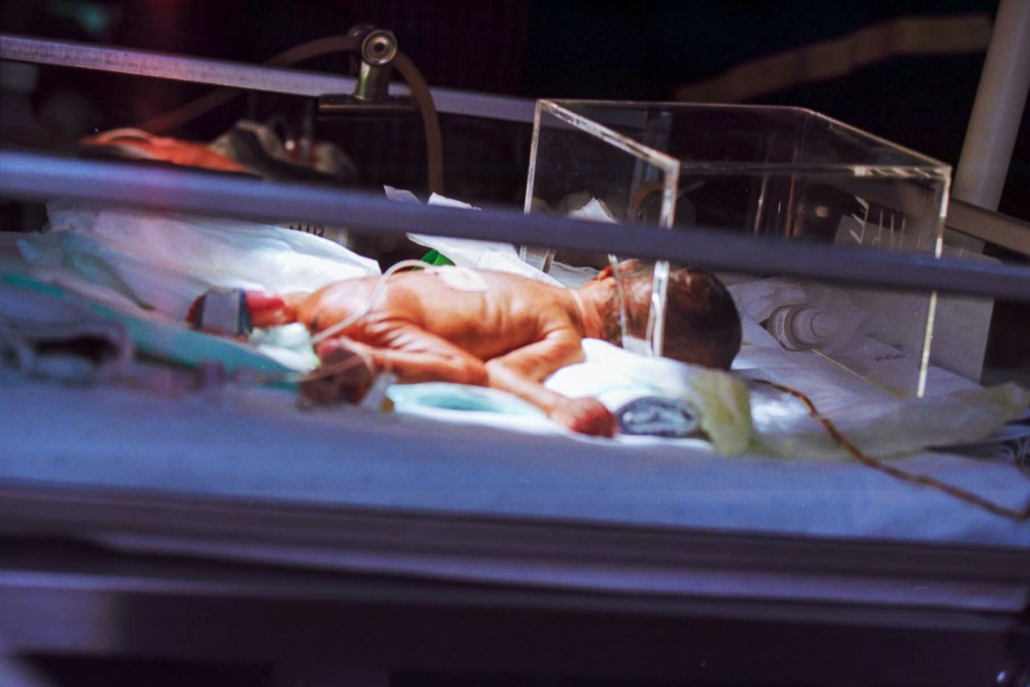Study: Is third-trimester abortion exceptional?
In April 2022, Perspectives on Sexual and Reproductive Health published Is third-trimester abortion exceptional? Two pathways to abortion after 24 weeks of pregnancy in the United States by Katrina Kimport. The article is open access, meaning anyone can read it in its entirety.
Third trimester abortions aren’t all for medical emergencies.
Many Americans–pro-choice and pro-life alike–believe that no one seeks later abortions except if the woman’s life is in danger or there is a fatal fetal abnormality. Here at Secular Pro-Life we’ve repeatedly discussed the evidence demonstrating that the belief that most later abortions are medical emergencies is a myth. Kimport’s work corroborates our point.
Kimport emphasizes that “the circumstances that lead to someone needing a third-trimester abortion may have overlaps with the pathways to abortion at other gestations.” She says she finds two pathways to third trimester abortion:
- New information – this can include discovery of fetal anomalies, but it can also include discovery of the pregnancy itself, meaning the woman doesn’t realize she is pregnant until months into the pregnancy
- Barriers to earlier abortion – this means by the time the woman finds an abortion provider and gets together the funds for the abortion, she is in her third trimester
But even if there were no abortion restrictions and abortions were covered by taxpayer funds, abortion advocates would still defend elective third trimester abortion. As Kimport argues (emphasis added):
The inherent limits of medical knowledge and the infeasibility of ensuring early pregnancy recognition in all cases illustrate the impossibility of eliminating the needs for third-trimester abortion.
Some women abort in the third trimester because they receive new information.
Kimport gives detailed examples (all using pseudonyms) of the different pathways to third trimester abortion. She discusses fetal abnormalities, including a woman who learned of “pieces missing” from her fetus’s brain at 29 weeks, and another who learned of (unspecified) severe fetal impairments at 28 weeks. But Kimport also explains:
The new information respondents received that led to their decision to obtain an abortion was not exclusively related to fetal health. For some respondents, the new information they obtained was that they were pregnant.
She describes the situation of Autumn and her husband, who didn’t learn she was pregnant until she was 26 weeks along, and Veronica, who didn’t learn she was pregnant until 25 weeks.
Autumn sought an abortion in the third trimester because she did not know she needed one until then.
Veronica needed an abortion in the third trimester because the fact that she was pregnant was new information to her when she was already 25 weeks pregnant.
Some women abort in the third trimester because they didn’t have the resources to abort sooner.
Kimport also details situations where women knew they were pregnant sooner but didn’t have the resources to get an earlier abortion, such as Victoria, who didn’t have the funds and also didn’t have transportation to the nearest abortion clinic, which was an hour’s drive from her. Her fetus was in the third trimester by the time Victoria got the money from abortion funds to get an abortion.
Similarly, Monique didn’t have money for an abortion in the first trimester. She resigned herself to carrying the pregnancy and began prenatal care at 18 weeks. But around 22 weeks her boyfriend got a new job with a signing bonus that allowed them to pay to abort her fetus in the third trimester after all.
[Read more – A recent study found that, among extremely preterm infants who received active treatment, 30% born at 22 weeks survived, as did 55.8% at 23 weeks, and 71.4% at 24 weeks]
Abortion advocates defend elective third trimester abortion.
Kimport suggests these women’s stories are examples of why both (a) elective third trimester abortion must be legal and (b) taxpayer funds should be available to pay for abortions. She argues that society’s concepts of abortion need to “center pregnant people” and not focus on “external measurements of pregnancy (e.g. gestational duration).”
We have offered other evidence that abortions at 21 weeks or later are usually not sought for medical emergencies. Abortions in the third trimester are hard to characterize, but Kimport’s work underscores how even third trimester abortions are sought and performed on healthy, viable fetuses.

If you appreciate our work and would like to help, one of the most effective ways to do so is to become a monthly donor. You can also give a one time donation here or volunteer with us here.




Leave a Reply
Want to join the discussion?Feel free to contribute!